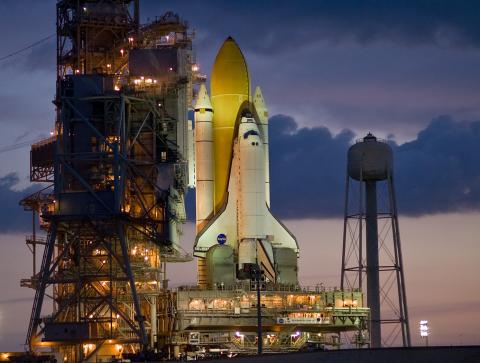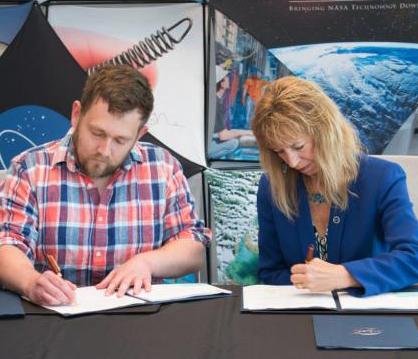What goes up must come down. That’s a fundamental law of physics. It’s also a guiding principle for NASA. Research and development to support exploration of our universe, both in our own atmosphere and among the stars, must also serve life on our home planet.
Insider's Blog
Technology Transfer Insights From our Team of Experts


Are you a startup or a small business trying to take your company to the next level? A great way to reach your goal is using NASA patented technologies in your company. Why reinvent a technology? NASA has over 1,200 patents vetted for their technical and commercial viability.

When initiating licensing discussions with our customers, one of the questions I’m often asked is, "What type of license is right for my situation?" Even though every situation is different, our Automated Technology Licensing Application System (ATLAS) will help you find the right option.

Most people have the misconception that in order to start a business you either need to have a million dollars or a million-dollar idea. The reality is that you don’t need to develop your own technology to start a tech-based business. NASA’s Technology Transfer University (T2U) program introduces students and fledgling entrepreneurs to the concept of licensing NASA technology to start a business. What does that really mean?

Exclusive vs. Non-Exclusive
So, what is the difference between an exclusive and a non-exclusive license agreement? There are several factors, but every company should consider four major differences: rights, costs, expectations, and public announcement.

Innovation-led development is a crucial driver of economic growth, high-quality jobs, and rising standards of living. To succeed, a high-functioning innovation ecosystem must translate R&D activities into products and move technology commercialization into high-growth businesses. It is well known that federal labs play a key role in discovering and developing new ideas and new technologies; innovations that enable scientific advancements and impact the economy.

The NASA Technology Transfer program offers businesses the opportunity to license NASA-developed intellectual property (IP) for use in commercial industry. Each potential licensee must submit a license application to be considered for a license agreement. How does this process work and what potential issues should companies look out for during the application process? Let’s find out!
The typical process for licensing a technology from NASA involves 4 steps:









